MARCH 27, 2020 – The Delaware Historical Society is temporarily closed to the public as a precaution related to the COVID-19 outbreak.
All scheduled programs and events have been cancelled or postponed. We are committed to supporting the nation’s efforts to control the spread of the virus, and will continue to follow guidance from the Centers for Disease Control (CDC), and state health organizations.
In the meantime, we encourage you to stay connected with us online through our social media channels.
Just as in similar crises we have faced throughout history, this is an opportunity for us to rise to the occasion. One day, we will look back and remember how we came together as a community, in our nation, and across the world. Our contributions may appear inconsequential on the surface—but every small act of not doing, or helping another, will ripple through Delaware and the nation.
While the Delaware History Museum, Mitchell Center, Research Library, and Read House are closed, our staff is still at work fulfilling our mission to preserve, promote, and share Delaware’s history. We look forward to resuming full operations.
Thank you.
David W. Young, Ph.D.
Executive Director



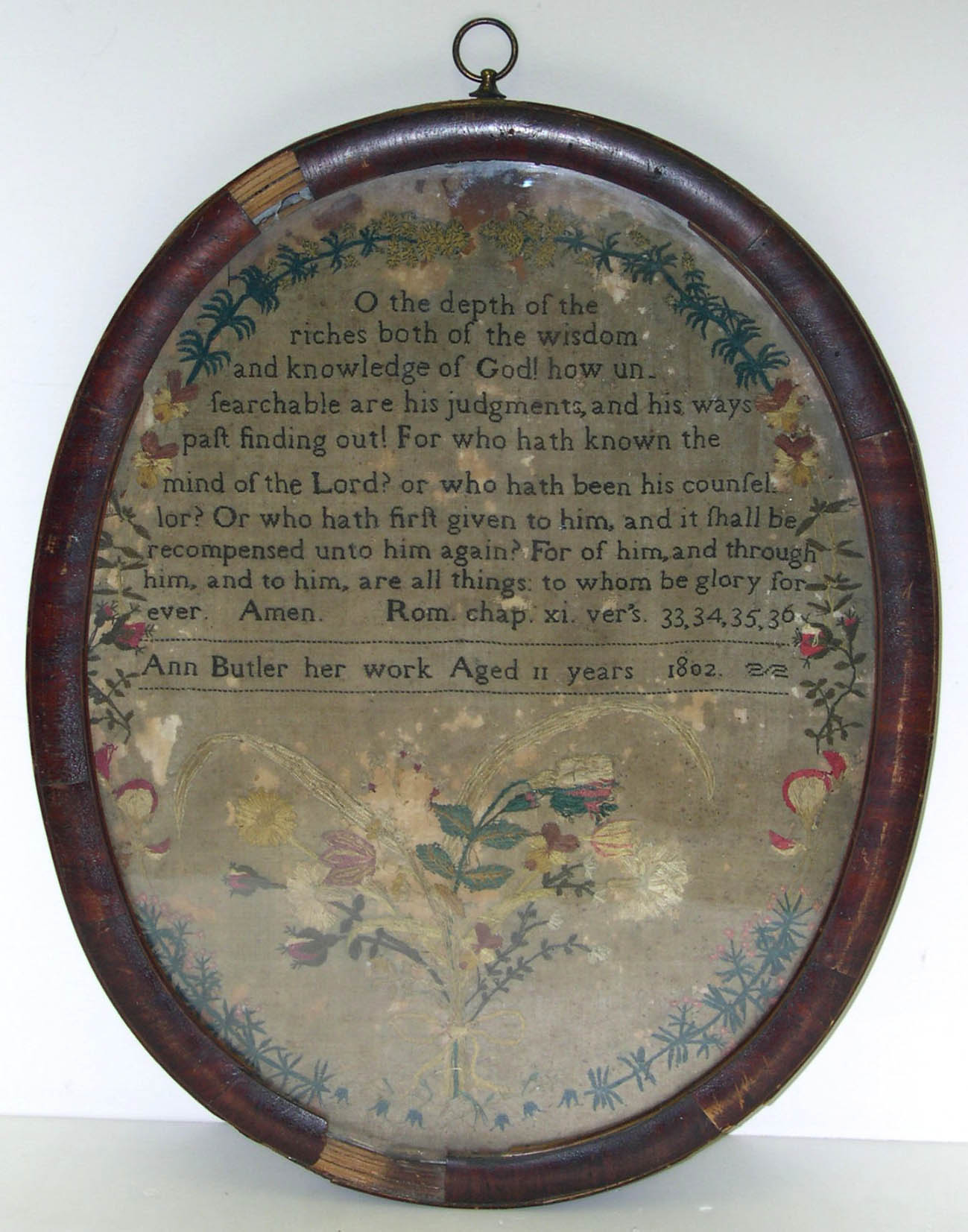

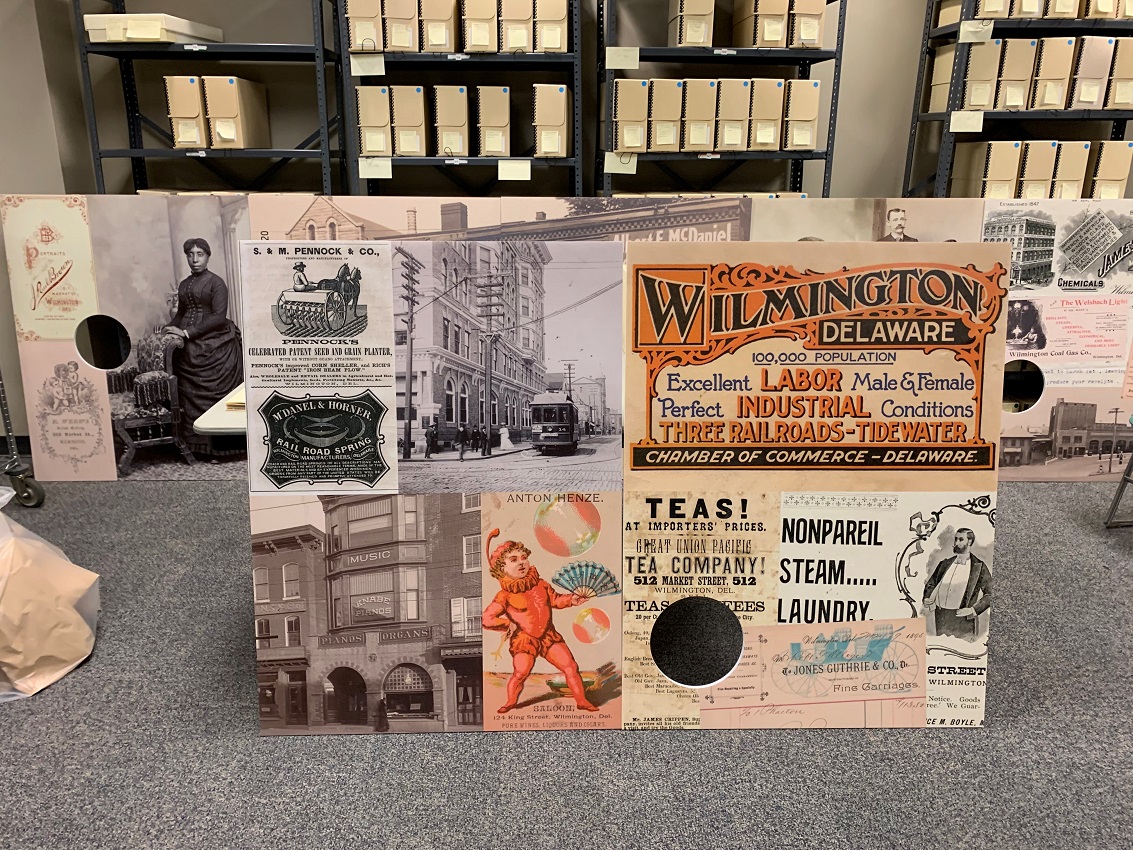
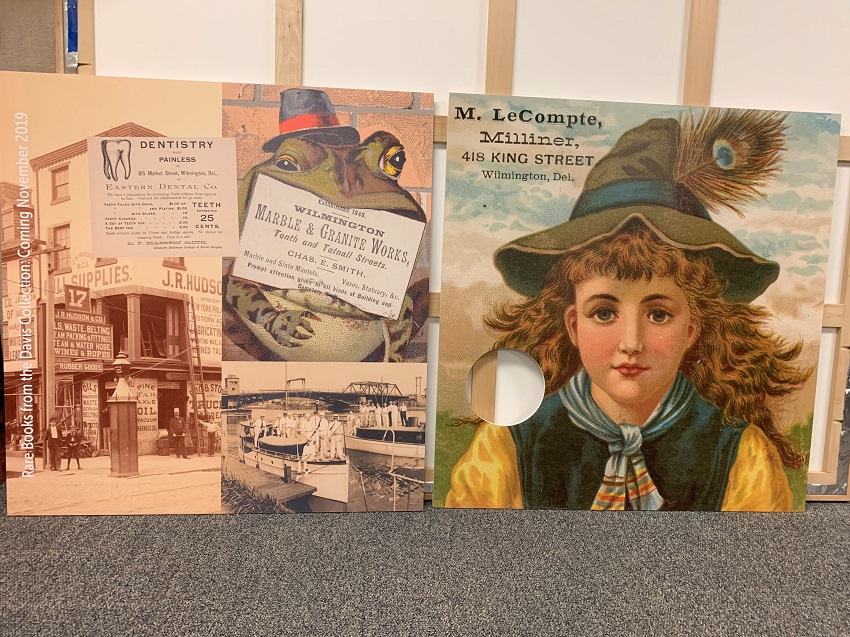

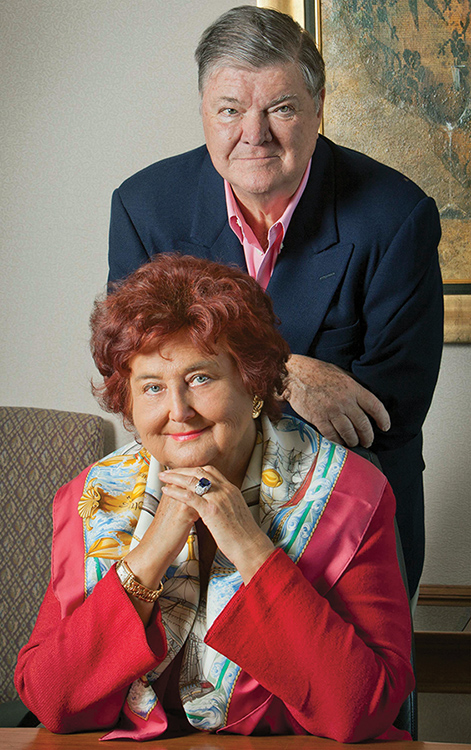
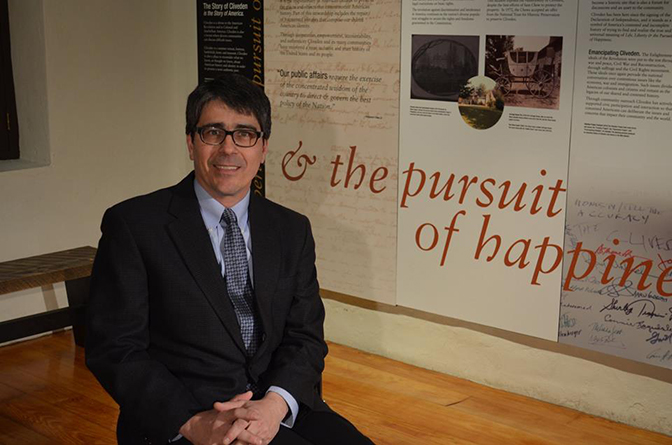
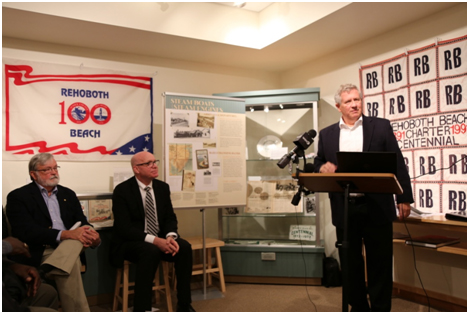

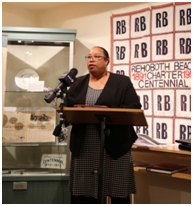
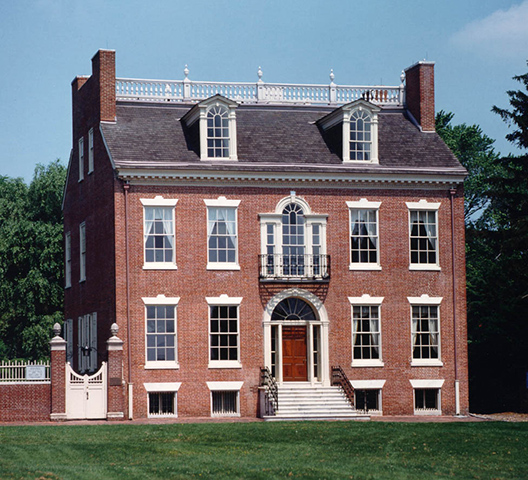
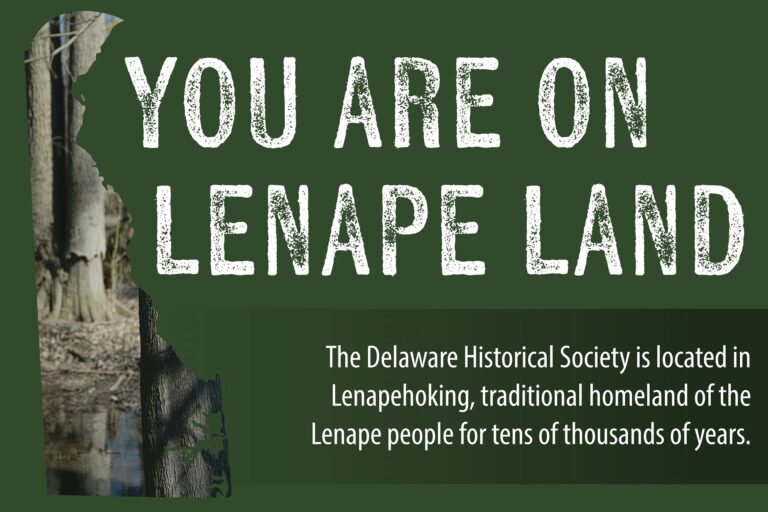
SOCIAL
Facebook
Instagram
YouTube
Email